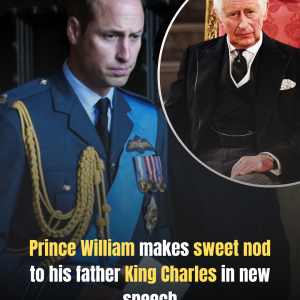The world of professional wrestling is mourning the loss of one of its most iconic figures. Hulk Hogan, born Terry Gene Bollea, reportedly died at the age of 71 following a sudden cardiac arrest at his home in Clearwater, Florida. Emergency services arrived at the scene early in the morning, but despite their efforts, he was pronounced dead shortly after.
From hero to headline

Hogan’s journey to superstardom didn’t happen overnight. He began as a bodybuilder and musician before entering the wrestling world. Once he joined the World Wrestling Federation, he quickly rose to fame, capturing audiences with his presence and unmatched charisma. His 1984 victory over The Iron Sheik was more than just a title win — it was the start of Hulkamania.
Throughout the 80s, Hogan was everywhere — in cartoons, toy aisles, late-night talk shows, and blockbuster events like WrestleMania. He wasn’t just a wrestler. He became a larger-than-life icon whose influence extended far beyond the ring.
But Hogan wasn’t immune to reinvention. In 1996, he shocked fans by turning heel and creating the villainous “Hollywood” Hogan persona as part of the New World Order in WCW. The move reignited his career and redefined how audiences viewed wrestling characters. It also showed Hogan’s willingness to take risks — and succeed with them.
Still, his legacy became more complicated in later years. A leaked private video in 2015 led to public backlash over racially offensive comments. WWE distanced itself from him, and his reputation took a major hit. Hogan fought back in court, won a massive lawsuit against Gawker Media, and was eventually welcomed back into the WWE Hall of Fame in 2020 as part of the NWO.
The final years and the heart that gave out

In recent years, Hogan lived a quieter life in Clearwater, Florida with his wife Sky. He remained active in the wrestling community, making occasional appearances on WWE programming, running his beach shop, and staying in touch with fans through social media.
But physically, Hogan was not the same. Years of body slams, surgeries, and punishment had taken a toll. He underwent multiple back and neck procedures and publicly discussed the chronic pain that haunted him.
In May 2024, Hogan underwent a major neck operation — one of several surgeries aimed at relieving pressure on his spine and nerves. Recovery was slow. Rumors swirled. When false reports emerged suggesting he was in a coma, his wife pushed back, claiming he was healing like a warrior.
But the heart, so central to his image, eventually gave out.
A name that will never fade

Hulk Hogan’s story was never perfect, but it was undeniably impactful. He helped bring professional wrestling into mainstream culture. He inspired kids to believe in themselves. He showed audiences what spectacle could look like when wrapped in passion and performance.
Now, with his passing, the industry pauses — not just to remember a man, but to acknowledge a legacy that stretched across decades. Hogan is gone, but the echo of Hulkamania still lingers.




